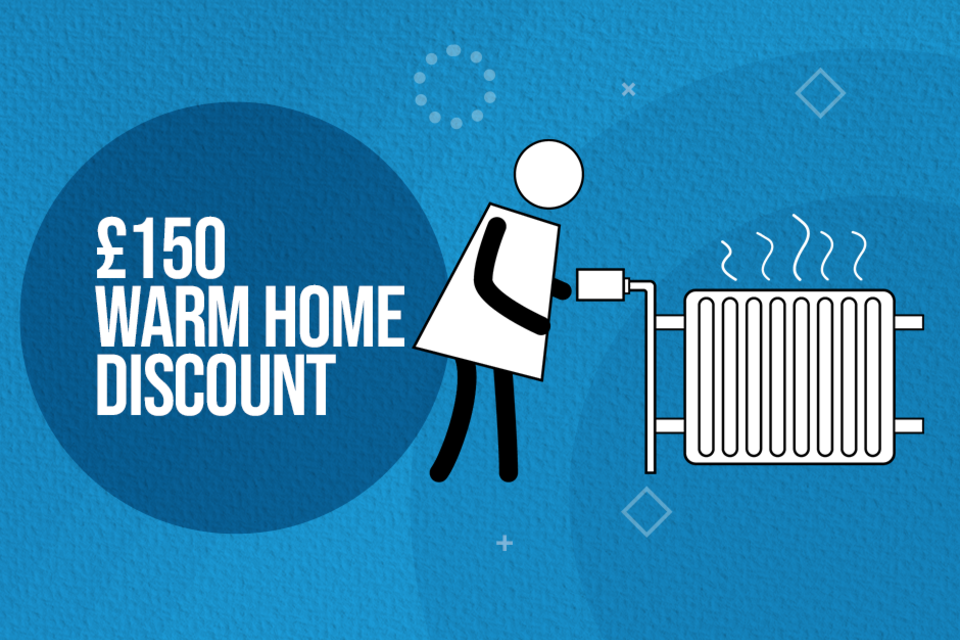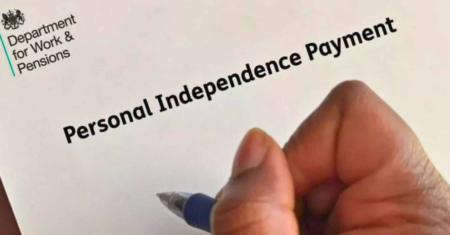
Warm Home Discount: A Comprehensive Guide to the UK’s Energy Support Scheme
The Warm Home Discount Scheme is a government initiative aimed at helping low-income and vulnerable households across the UK cope with rising energy costs. As energy prices continue to fluctuate, particularly in the wake of global inflation and supply chain issues, government-backed support mechanisms such as the Warm Home Discount have become increasingly important in reducing energy poverty and supporting the UK’s broader social welfare objectives.

This blog post provides an expert-level overview of the scheme’s purpose, eligibility criteria, recent changes, and its broader policy implications. It incorporates the most recent updates and official data available from trusted news sources, including BBC News, Sky News, and iNews. The goal is to offer a structured, well-researched reference for consumers, policy advisors, and researchers tracking UK energy support frameworks.
What Is the Warm Home Discount Scheme?
The Warm Home Discount Scheme is a one-off annual rebate applied to electricity bills for eligible households during the winter period. It is designed to reduce heating costs for those at risk of fuel poverty, particularly as heating accounts for a substantial portion of household energy expenditure in the UK.
As of the 2023–2024 cycle, the rebate is set at £150, paid directly to the electricity account of qualifying households. The discount is usually applied between October and March, depending on the energy supplier and billing schedule.
The payment is not made to the individual in cash but rather credited directly to their energy account, reducing the actual cost they have to pay.
Eligibility Criteria for 2023–2024
Eligibility for the scheme was significantly restructured in recent years. The programme now categorises beneficiaries under two primary groups:
Core Group 1: This includes pensioners who receive the Guarantee Credit element of Pension Credit. These households are automatically identified by the Department for Work and Pensions (DWP) and energy suppliers are instructed to apply the discount to their bills.
Core Group 2 (previously known as Broader Group): This category encompasses low-income households that meet specific criteria based on income level and energy cost burden. The government has transitioned from requiring individuals to apply, to using data-matching techniques involving property characteristics, income, and benefits data to identify eligible households.
Households in England and Wales no longer need to apply if they are eligible. In Scotland, however, suppliers may still require an application depending on the supplier’s administration method.
Major Changes to the Scheme
In 2022, the UK government announced significant reforms to the Warm Home Discount, which affected both the number of households included and the method of eligibility assessment.
According to Sky News, these changes led to the inclusion of an additional 2.7 million households. This expansion was part of the government’s broader commitment to targeting support more efficiently based on actual need.
Instead of using a broad qualification approach, the new model utilises a “high energy cost score”, which takes into account the property’s insulation, heating method, and household size, alongside income data.
The reform, however, also resulted in some households being removed from eligibility, especially those that qualified under older criteria but do not meet the new burden-to-income calculation. This has led to some public and political scrutiny.
Controversies and Political Reactions
The policy reforms have drawn criticism from certain political figures and advocacy groups who argue that the new targeting model may exclude vulnerable households that still face energy insecurity.
A detailed report by BBC News highlighted concerns from households who previously received the discount but no longer qualify under the restructured model. In response, government officials asserted that the new system is more data-driven and equitable.
In the political arena, former Labour leader Ed Miliband, now Shadow Climate and Net Zero Secretary, announced proposals for a £150 automatic bill reduction for all low-income households, as reported by iNews. His proposal aims to simplify the discount process and make it more inclusive, reflecting Labour’s broader energy policy platform focused on affordability and decarbonisation.

How to Check Eligibility
Households in England and Wales will be contacted automatically by the Department for Work and Pensions if they are deemed eligible. Notification letters are usually sent out between October and December.
In Scotland, due to the regional differences in how the scheme is managed, it is advisable to contact your energy supplier directly to understand application deadlines and eligibility checks.
A dedicated Warm Home Discount eligibility checker is available on the GOV.UK website, which helps users verify their status and whether they meet the required threshold.
Energy Suppliers Participating in the Scheme
Only licensed energy suppliers with more than 50,000 domestic customers are required to participate in the Warm Home Discount Scheme. Some smaller suppliers may choose to join voluntarily.
Participating suppliers include major names such as:
British Gas
Octopus Energy
E.ON
EDF
ScottishPower
SSE Energy Services (now part of OVO Energy)
Shell Energy
Customers must receive their electricity from one of these suppliers to be eligible, even if they use a separate supplier for gas.
Integration with Other Support Schemes
The Warm Home Discount is part of a broader landscape of government support programmes aimed at reducing energy poverty and helping households manage rising energy bills.
Other key schemes include:
Winter Fuel Payment: A tax-free payment of between £100 and £300 to people born before a certain date, depending on their age and circumstances.
Cold Weather Payment: A £25 payment issued for each 7-day period of extremely cold weather between November and March, for those on qualifying benefits.
Energy Price Guarantee (EPG): Introduced in October 2022, this government subsidy limits the average household energy bill. Although temporary, it works in tandem with the Warm Home Discount to buffer low-income households.
These programmes are not mutually exclusive. Households eligible for the Warm Home Discount often qualify for other forms of support, which can cumulatively make a significant difference in overall heating and electricity affordability.
Economic and Social Impact
From a policy standpoint, the Warm Home Discount plays a strategic role in the UK’s efforts to address both fuel poverty and climate equity. Fuel poverty is defined as a condition where households must spend a disproportionate amount of income on energy to maintain an acceptable standard of warmth.
By targeting those most affected by energy inefficiency, the scheme contributes to reducing pressure on public health systems, particularly during the winter months when cold homes can exacerbate respiratory conditions and increase hospital admissions.
Moreover, the model of data-driven targeting is intended to integrate with the UK’s broader net zero strategy by identifying high-energy-cost homes — many of which are also energy-inefficient — and thereby supporting parallel efforts to retrofit and decarbonise housing stock.

Administrative Challenges and Implementation Risks
Despite its benefits, the Warm Home Discount Scheme has faced administrative complexities. The shift to a centralised, automatic data-matching model has raised questions about data accuracy and the potential for eligible households to fall through the cracks.
Certain households living in flats, off-grid homes, or shared energy metering systems may not be easily assessed using property-level data alone. As a result, they might be misclassified as ineligible, despite bearing high energy costs.
Additionally, the process does not currently allow for appeals based on exceptional circumstances. This rigidity has led to calls for a more flexible framework, particularly from housing associations and consumer rights organisations.
Looking Ahead: Potential Reforms and Future Outlook
As the energy sector continues to adapt to both market volatility and decarbonisation goals, further reforms to the Warm Home Discount are likely.
Key areas under discussion include:
Increasing the value of the discount: With inflation impacting real-term energy costs, stakeholders have suggested that £150 may be insufficient to meet the average winter energy burden for vulnerable households.
Expanding eligibility: The current model, while data-driven, may benefit from secondary manual verification options for edge-case households.
Integrating home efficiency upgrades: There is a growing push for blending direct financial support with structural improvements such as insulation, heat pump installation, and smart metering.
Automated appeals or self-declaration options: Adding a mechanism for households to contest their classification may improve fairness without undermining administrative efficiency.
The Warm Home Discount Scheme remains a cornerstone of the UK’s efforts to mitigate fuel poverty, particularly during a time of heightened economic pressure and energy market uncertainty. Its expansion to millions of additional households demonstrates both political will and an evolution in targeting strategy.
However, the effectiveness of the scheme relies heavily on its administrative execution, data reliability, and continued integration with other support mechanisms. As energy policy continues to intersect with climate objectives, poverty reduction, and cost-of-living priorities, the Warm Home Discount will remain a critical component of the UK’s social support infrastructure — one that must evolve in tandem with the country’s long-term economic and environmental goals.
To learn more about the latest government guidelines and eligibility rules, visit the official Warm Home Discount page on GOV.UK.
About the Author






0 Comments